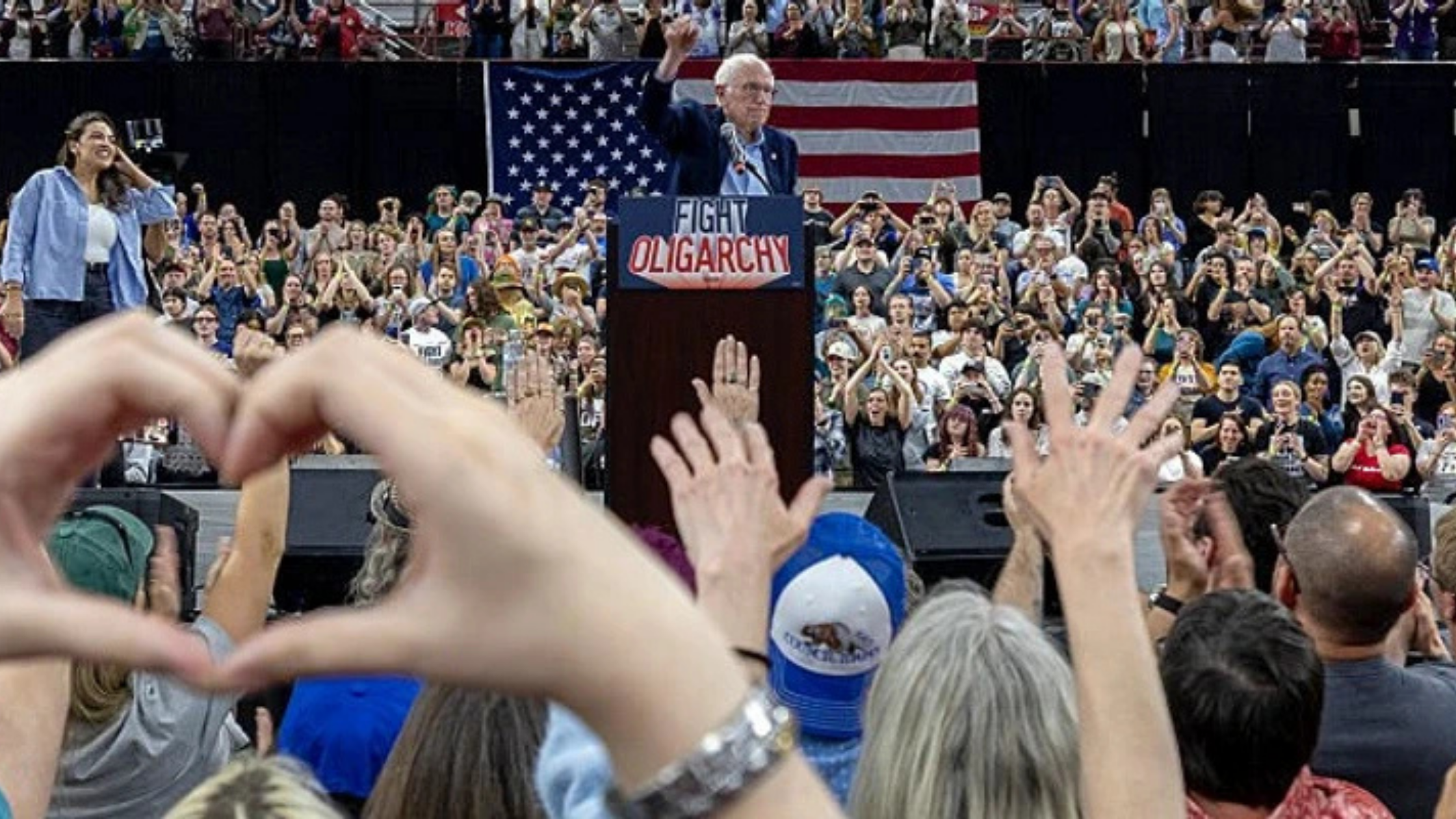Americans Rich are pushing the boundaries of wealth in ways that redefine economic reality. A recent Common Dreams investigation reveals that the top 19 U.S. families saw a collective wealth gain of $1 trillion in a single year, now commanding 1.8% of national household wealth. That’s an amount rivaling the GDP of many countries, raising urgent questions about what this concentration means for fairness, opportunity, and democracy.
To provide deeper clarity, this article draws from sources like the St. Louis Fed, Oxfam, Pew, Vox, and others, casting a sharper, data-rich lens on how the wealthy have pulled away and what that means for all Americans.
1. The Wealth Boom at the Top
The ultra-rich—the top 0.00001%—amplified their fortunes dramatically in 2024. According to economist Gabriel Zucman, these families surged past $2.6 trillion, earning the single largest wealth gain in U.S. history.
Oxfam confirms: billionaire fortunes rose by $2 trillion globally in 2024, with $1.4 trillion gained by U.S. billionaires—over $3.9 billion per day. Elon Musk alone added $186 billion, pushing him closer to becoming the world’s first trillionaire.
Meanwhile, the bottom half of Americans collectively hold less than 3% of national wealth; the top 10% own over 67%, averaging $7 M per household. This divide continues widening.
2. Income Inequality Is at Gilded Age Levels
Wealth inequality is mirrored in income levels. The richest 1% now earn 139 times more than the bottom 20%. Since the late 1970s, income in the top 0.01% soared nearly 1,000%, compared to just 132% for the poorest inequality.org.
This creates what economists call the Great Gatsby Curve—higher inequality correlates with lower upward mobility, trapping those born into less wealth.
3. The Impact on the American Dream
Rising inequality is eroding the American Dream. Pew Research reports that less than half of Americans under 50 believe upward mobility is still achievable—compared to nearly 70% of seniors.
A Washington Post analysis notes that only about half of U.S. children now earn more than their parents, down sharply from previous generations.
Al Jazeera calls the 20th-century promise of middle-class affluence “mostly dead,” – as the top 10% are driving half of all consumer spending.
4. Are the Rich Paying Their Share?
Despite massive wealth gains, tax contributions from the ultra-rich lag far behind. Analysis shows that the top 0.01% pay a smaller share of taxes now than in the 1950s, even as their wealth quadrupled.
Currently, the U.S. tax code offers favorable treatment on capital gains, stock dividends, and loopholes, allowing many billionaires to maintain ultra-low effective tax rates.
5. What Happens If Inequality Continues to Rise?
Unchecked, this trend worsens social and economic instability. In a recent Vox analysis, progressive policy growth—like expanded Medicaid and paid leave—is stalling amid political headwinds.
Oxfam warns that if billionaire wealth isn’t taxed, the rich will continue “plundering” the system, increasing the influence of money in politics.
Political pushback is growing. The New Yorker describes the Trump-era political economy as a “sultanistic oligarchy,” where billionaires increasingly shape policy.
6. Toward a More Equitable Future
Experts suggest several corrections:
- Progressive Wealth Taxes: Zucman and tax scholars argue a 1–2% wealth levy on the ultra-rich could curtail wealth concentration.
- Capital Gains Reform: Aligning capital gains taxation with wage rates would close a major loophole.
- Policy Investments: Strengthened welfare—expanding safety nets, healthcare, education, reinforced by fair taxation.
- Political Mobilization: Sustained civic pressure is essential. As the New Yorker notes, reform requires public outrage channeled into action.
Conclusion
The Americans Rich aren’t just getting richer—they’re pulling away at a historic rate. In 2024 alone, a few families amassed a trillion dollars while millions of others struggle. Income and wealth inequality threaten economic mobility and fracture national consensus.
But an alternative remains possible: stronger taxation, fairer policy, and civic engagement can restore balance. If we act now, the promise of opportunity can be revived for future generations.
Subscribe to trusted news sites like USnewsSphere.com for continuous updates.





